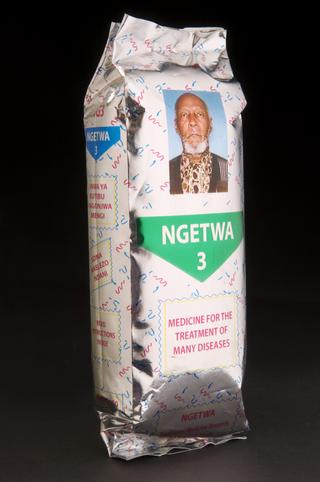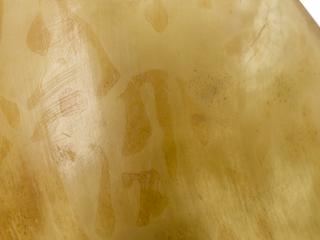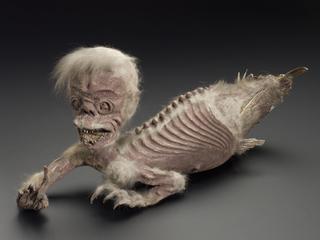






Pierced silver incense burner, Persian, 1750-1900 (see note).
Pierced silver incense burner, Persia (Iran), 1750-1900. The burning of incense dates back to ancient times. It was believed that some types of incense, particularly frankincense and myrrh, had medicinal value. They would either be burned so that the patient could benefit from inhaling the healing smoke, or applied as an ointment.
Details
- Category:
- Ethnography and Folk Medicine
- Collection:
- Sir Henry Wellcome's Museum Collection
- Object Number:
- A23110
- Materials:
- silver
- Measurements:
-
overall: 41 mm,
- type:
- incense burners
- credit:
- On loan from the Wellcome Trust




